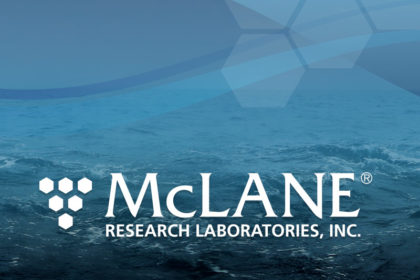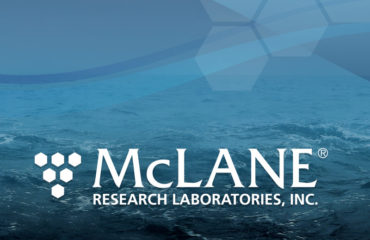
Scientists at the Woods Hole Oceanographic Institution Biology Department have been using a variety of McLane samplers to research larval dispersal and supply in hydrothermal vents. Much is revealed about the benthic population and community dynamics in this analysis. Sediment traps and Large Volume Pumps deployed in challenging locations near vents in the East Pacific Rise (2510m in depth) have successfully collected larvae samples for many ongoing studies by Dr. Lauren Mullineaux, Dr. Stace Beaulieu, and Susan Mills, from WHOI. This research team not only published several papers based on the data McLane instruments have collected, they have also published a detailed field guide of benthic invertebrate larvae in hydrothermal vents.
More recently, a 2011 paper in Science by Dr. Diane Adams of the National Institutes of Health and WHOI , finds that invertebrate larvae at hot, biologically active deep sea vents can be swept up and transported hundreds of kilometers by surface-generated currents caused by the weather.
We are eager to hear about your science. Contact us with any questions.
Papers:
Adams, D.K., et al., “Surface-generated mesoscale eddies transport deep-sea products from hydrothermal vents,” Science, 332:580-3, 2011.
Larvae from afar colonize deep-sea hydrothermal vents after a catastrophic eruption (2010).
Supply of gastropod larvae to hydrothermal vents reflects transport from local larval sources (2008).


